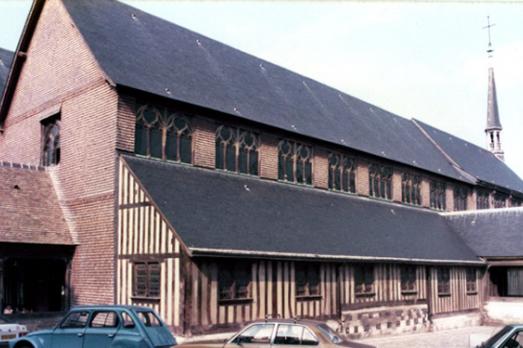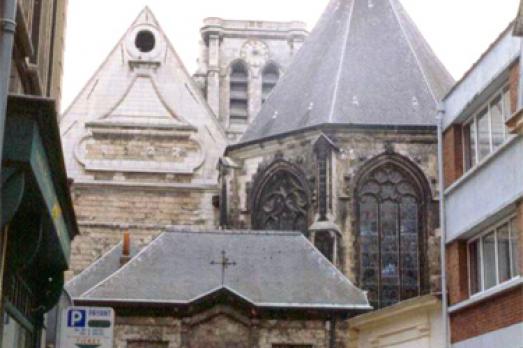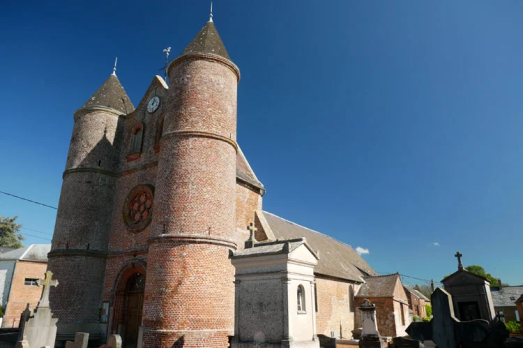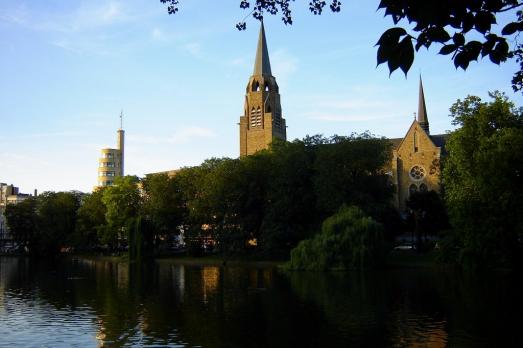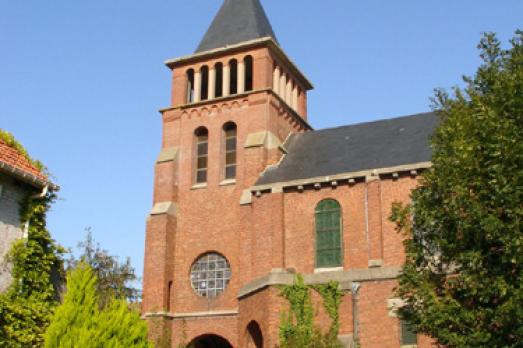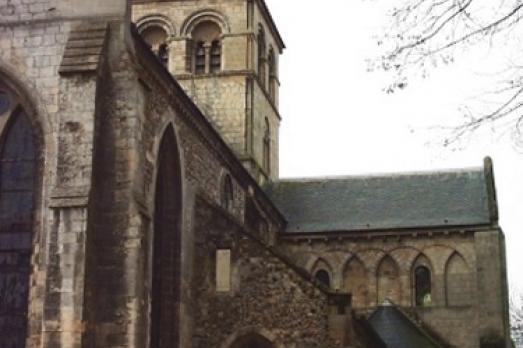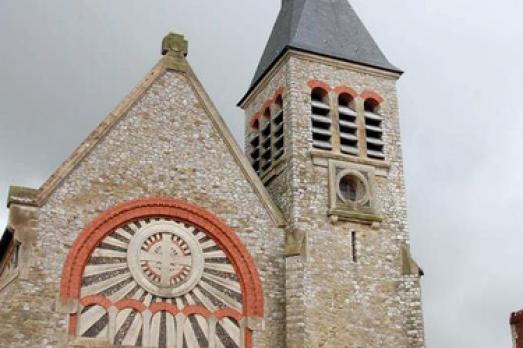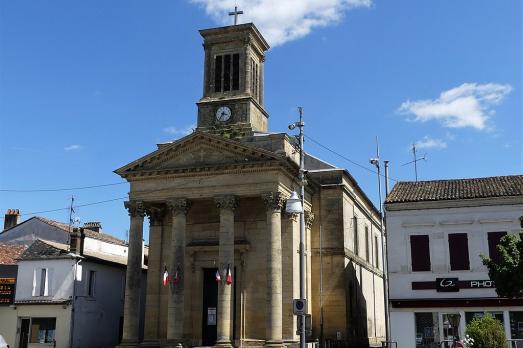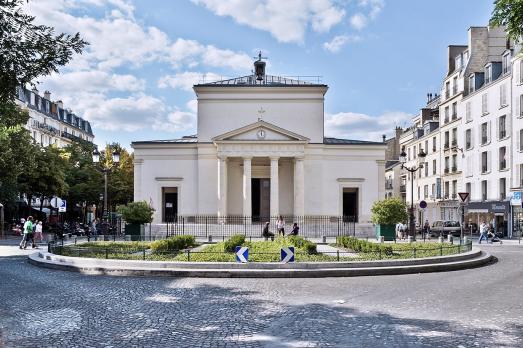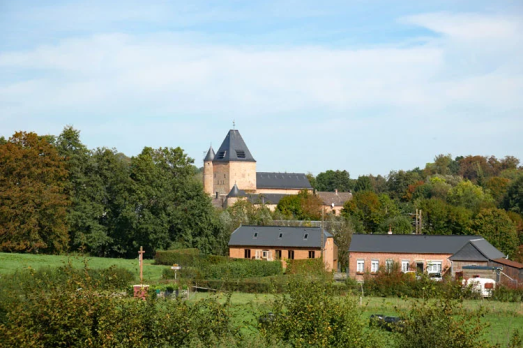
Église Sainte-Benoîte, Lerzy
Lerzy, FR
The Church of Sainte-Benoîte (Église Sainte-Benoîte) is located in Lerzy, a small village with 223 inhabitants about 4 km south-west of La Capelle in the Département Aisne in the région Hauts-de-France. This fortified church was built in the late twelfth century. The bell tower remains from this time and is listed as a historical monument. The building, in its current form, dates from the 16th and 17th centuries. On March 11, 2014, a fire destroyed the roof and caused extensive interior damage. Note the classified burial slab of Louis de Fournier, the Lord of Lerzy, who died in 1756.
